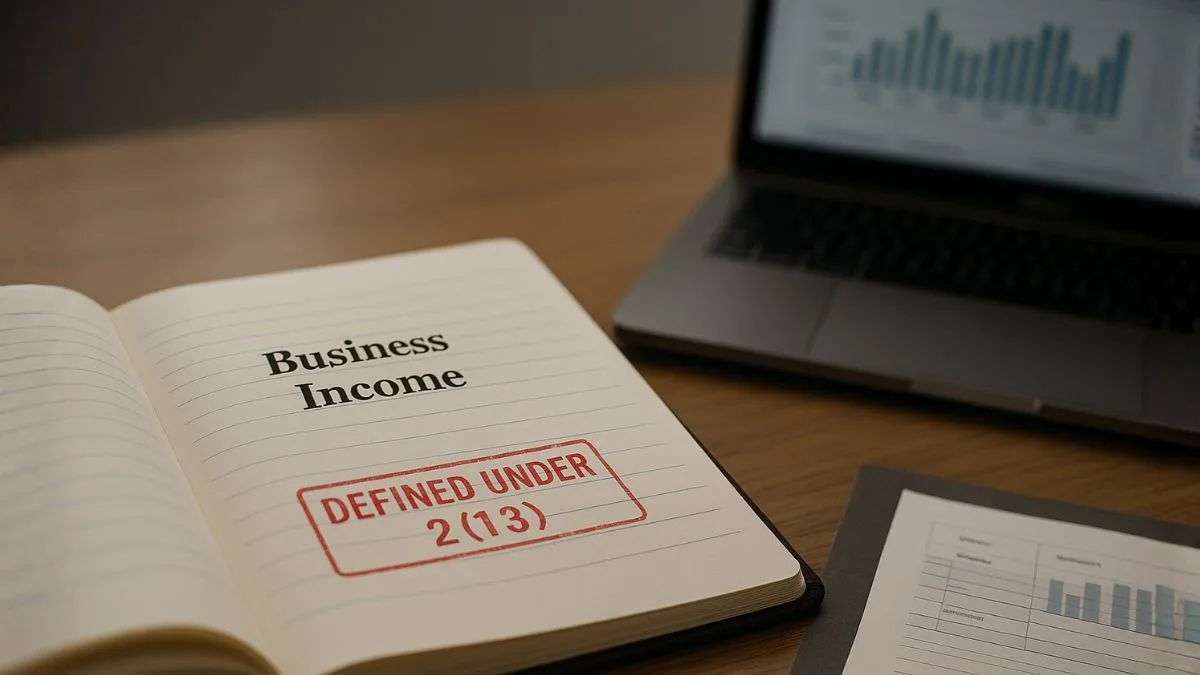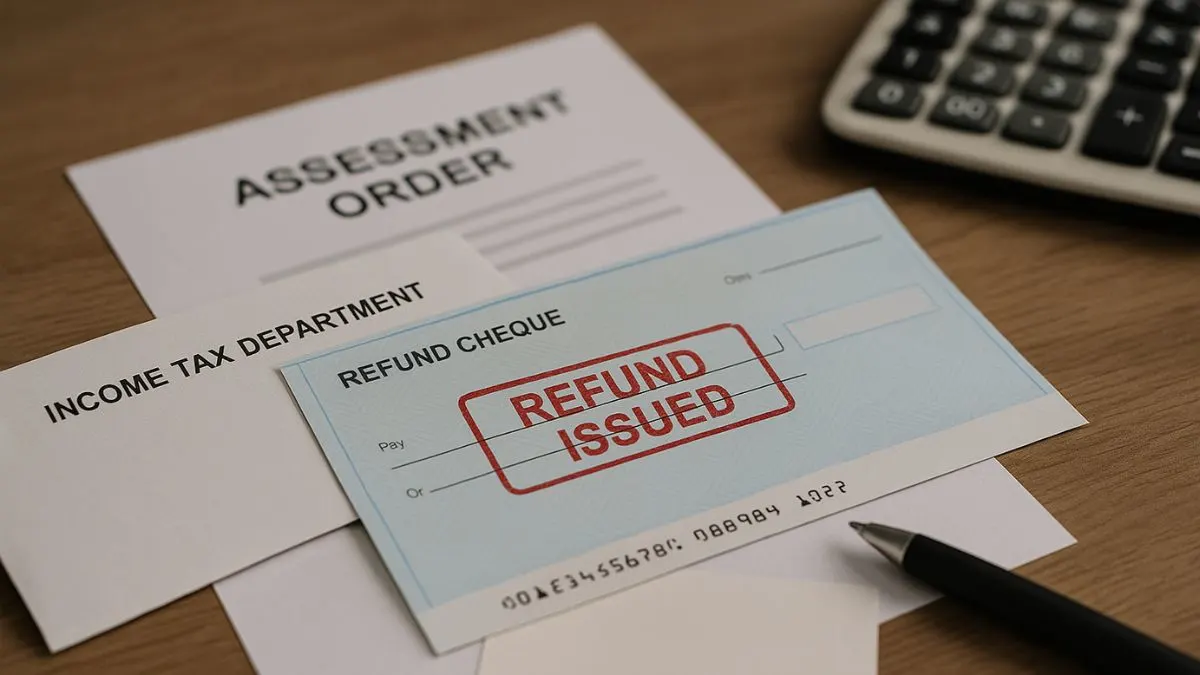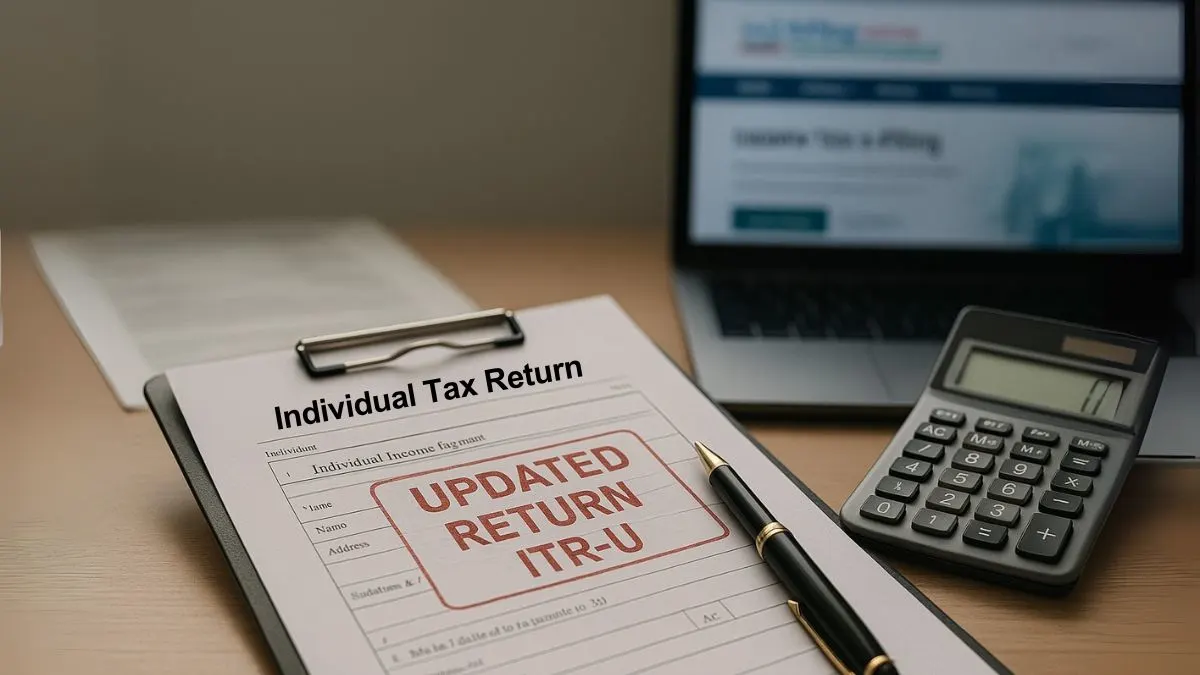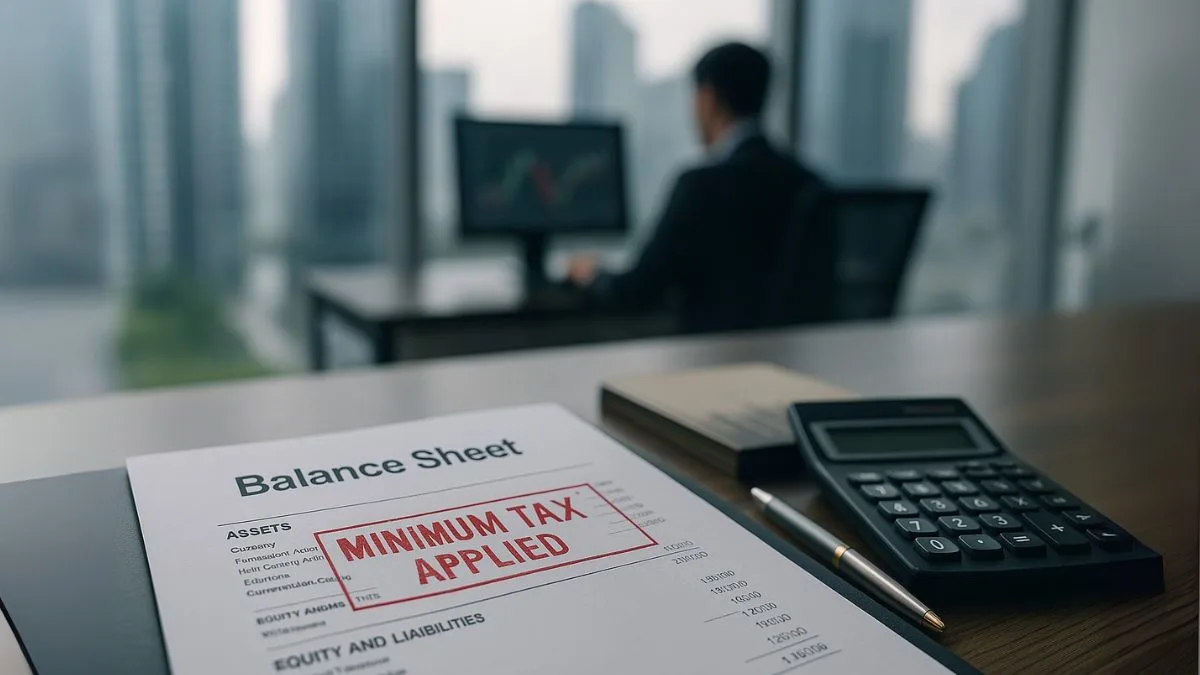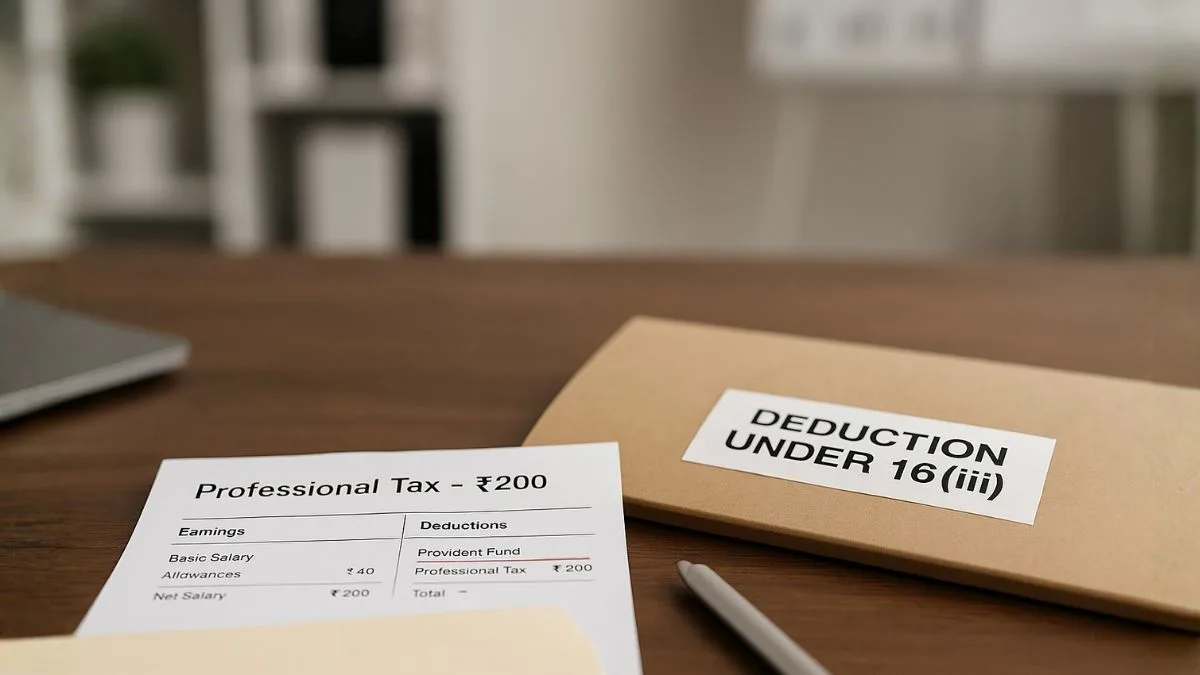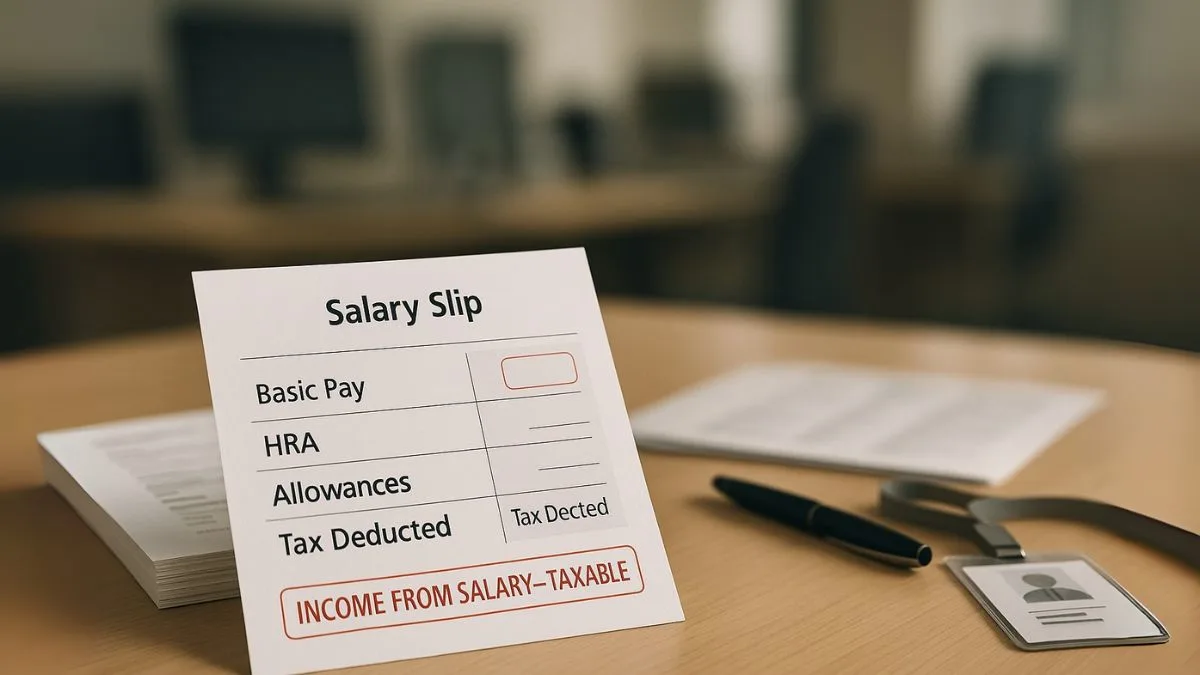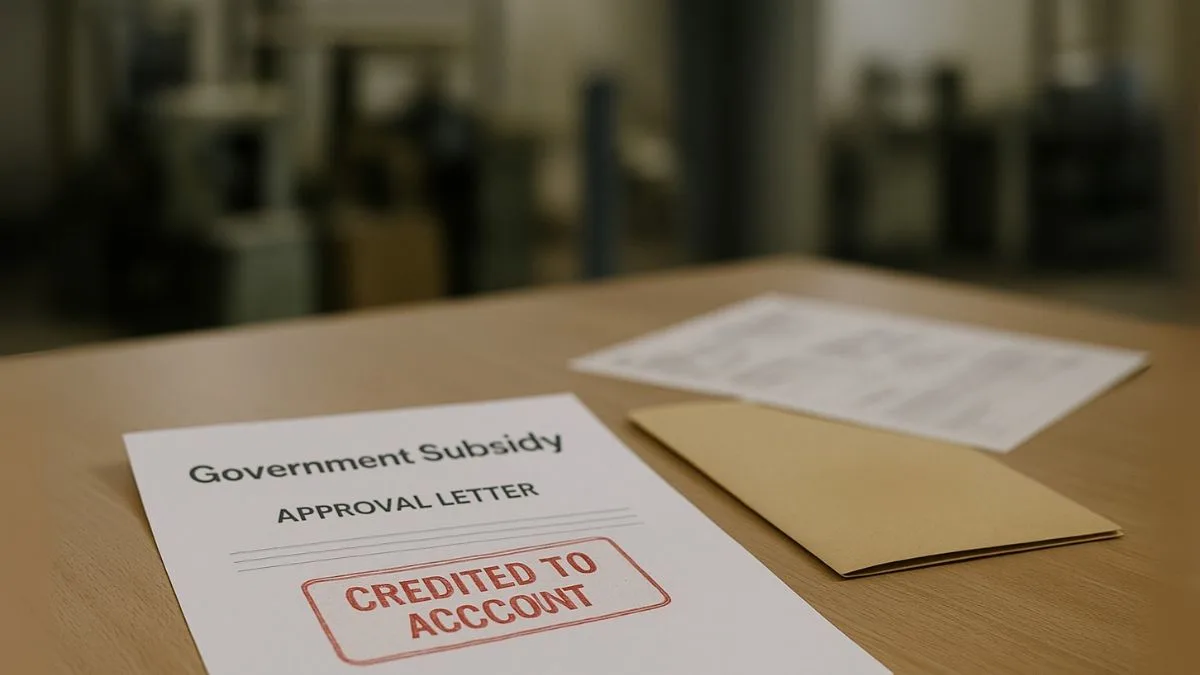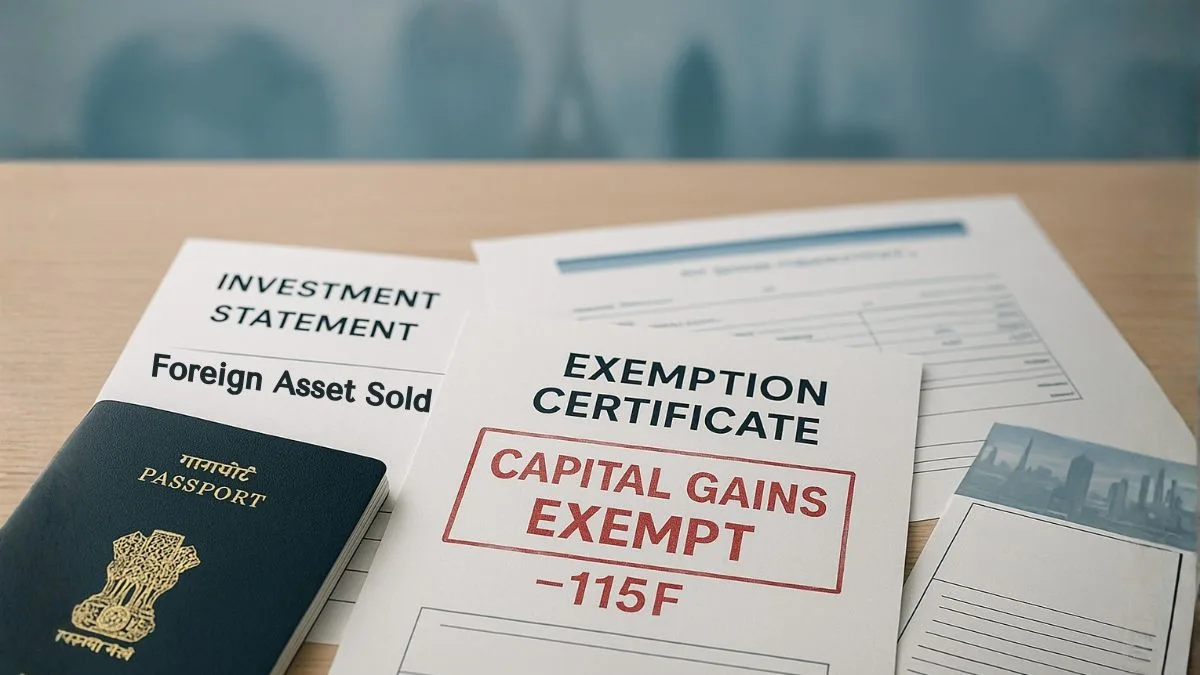
If you’re an NRI who loves investing in India, you’ve probably faced that little sting of capital gains tax at some point. You sell shares, bonds, or debentures you once purchased in foreign currency, & suddenly, a portion of your profit goes to taxes.
Now here’s where the magic comes in — Section 115F of the Income Tax Act, 1961.
It’s one of those hidden gems in the law that not only reduces your tax burden but also rewards you for bringing your money back to India.
Let’s go step by step, without the jargon, & understand what this section actually offers.
What Section 115F Really Means
This section gives you a tax break on capital gains if you sell a foreign exchange asset and then reinvest the money in certain government-approved instruments.
In simple words: you earn from your investment → reinvest that earning → save tax.
Pretty neat, right?
It’s designed specifically for Non-Resident Indians (NRIs) & Overseas Citizens of India (OCIs) who want to continue building their wealth through India-based investments while staying compliant with Indian tax rules.
Who Can Use This Benefit
Section 115F doesn’t apply to everyone. To be eligible:
- You must be a Non-Resident Indian in the year you sell the asset.
- The asset you sell must be a foreign exchange asset — basically, something you purchased using foreign currency.
- The profit must be a long-term capital gain, not a short-term one.
- You need to reinvest the sale proceeds in specific assets within six months.
If these conditions fit your situation, you’re good to go.
Understanding “Foreign Exchange Asset”
This is where many people get confused.
A foreign exchange asset isn’t something located abroad — it’s an investment in India that you made using foreign currency.
Here are a few examples:
- Shares or debentures of an Indian company you bought in foreign currency
- Deposits made in Indian banks with your overseas income
- Bonds, government securities, or mutual funds purchased using foreign funds
So basically, if you’ve used your foreign income to invest in India, those assets fall into this category.
Also Read: Tax Deduction for Medical Treatment of Specified Diseases
The “Specified Assets” You Can Reinvest In
Now, to claim exemption under Section 115F, you have to reinvest your money within six months of selling the asset.
The reinvestment can be in any of these:
- Shares of Indian companies
- Debentures (non-private companies only)
- Fixed deposits with Indian banks or public financial institutions
- Government securities or bonds"
- Units of mutual funds or UTI
You can reinvest the entire amount or just a part of it — but the tax exemption will apply in proportion to how much you reinvest.
Let’s Take an Example
Say Ravi, an NRI based in Australia, bought shares in an Indian company using foreign currency in 2016. He sells them in 2024 & earns a capital gain of ₹10 lakh.
Now, Ravi has two choices:
- If he does nothing, he pays tax on the full ₹10 lakh.
- But if he reinvests ₹6 lakh in specified mutual funds within six months, only the remaining ₹4 lakh becomes taxable.
Here’s the formula that helps calculate it:
Exempted gain = Capital gain × (Reinvested amount ÷ Total sale amount)
So, Ravi saves tax on ₹6 lakh — legally and smartly.
The Lock-In Period
The reinvestment isn’t meant for short-term trading. You must hold the new investment for at least three years.
If you sell the reinvested asset before that, the earlier exemption will be cancelled, & the previously exempted amount will become taxable in that year.
In other words, the government’s saying, “We’ll reward you for investing back into India — but only if you stay for a while.”
Also Read: Tax Benefits for Families of Persons with Disabilities
Why Was Section 115F Introduced?
When this section was added, the idea was simple:
Encourage NRIs to bring money back into the Indian financial system by offering tax benefits.
It helps both sides — NRIs get to save tax, & India gets steady foreign exchange inflow.
So, it’s not just a tax rule — it’s a bridge connecting global Indians to their roots through investment.
How Section 115F Connects with Other NRI Rules
Section 115F isn’t a standalone benefit. It’s part of a bigger chapter — Chapter XII-A, which covers special provisions for Non-Resident Indians.
Here’s how it all fits together:
- Section 115C defines what a foreign exchange asset is.
- Section 115E talks about tax rates on NRI investment income.
- Section 115F gives the actual exemption.
- Section 115H helps NRIs continue claiming these benefits even after returning to India.
So, if you’re planning long-term, these sections together can create a very efficient tax strategy.
What Happens If You Don’t Reinvest?
No worries — you’ll simply be taxed under Section 115E, which applies a 10% tax rate (plus surcharge & cess) on long-term capital gains.
However, that 10% can still sting when your gain is large.
By reinvesting under Section 115F, you can cut that tax to zero, depending on how much you reinvest.
That’s why many NRIs choose to redirect their profits instead of withdrawing them.
A Quick Note: Don’t Confuse This with Section 80DD
Some people accidentally mix up Section 115F with Section 80DD, which allows deductions for maintenance, including medical treatment, of a handicapped dependent.
Both provide relief, but they cover different grounds.
115F deals with reinvested capital gains.
80DD deals with family care & medical support.
You can claim both, but only if each applies to your case.
Also Read: Taxation Rules for Non-Residents on Dividends, Interest, Royalties & Fees
Common Mistakes People Make
Even though the section sounds straightforward, a few small errors can ruin the exemption.
Here are the big ones:
- Missing the 6-month reinvestment window.
- Buying assets that aren’t listed as “specified.”"
- Reinvesting using Indian rupees instead of foreign currency.
- Selling the new investment before three years.
- Not reporting the exemption properly in the income tax return.
Every one of these can trigger a notice or denial of exemption. So it’s worth double-checking with a tax expert before you file.
Step-by-Step: How to Claim the Exemption
- Sell your foreign exchange asset & compute your capital gain.
- Reinvest the sale proceeds in eligible assets within six months.
- Keep all documents — bank statements, investment proofs, sale details, and reinvestment receipts.
- While filing your ITR, mention the exemption clearly in the capital gains schedule.
If this feels like too much paperwork (and it often does), a CA who handles NRI cases can help you file accurately & ensure compliance.
A Real-World Example
Let’s look at Anita, an NRI living in the UAE. She invested $25,000 in Indian government bonds years ago & sold them in 2024, earning ₹8 lakh as capital gain.
Instead of transferring the money back abroad, she reinvested the full amount in Indian mutual funds within five months.
Result? Her entire ₹8 lakh gain became tax-free under Section 115F.
That’s how the system rewards investors who keep their money working in India.
Key Points to Remember
- The reinvestment must happen within 6 months.
- The new investment should be kept for 3 years or more.
- The exemption applies only to long-term gains.
- You can get a full or partial exemption depending on how much you reinvest.
- Once you sell early, the exemption reverses.
So, Section 115F isn’t just a clause — it’s a strategy. And when used well, it can save you a significant amount every year.
Also Read: Alternate Minimum Tax for Non-Corporates
Final Thoughts
Section 115F of the Income Tax Act is a reminder that the Indian tax system isn’t always about taking — sometimes, it gives back too.
If you’re an NRI selling assets bought in foreign currency, don’t rush to repatriate your money.
Take a little time, reinvest it in eligible assets, & you’ll see how easily you can turn what could’ve been tax into smart savings.
It’s one of those moves that feels small but makes a huge difference to your long-term wealth.
💡 Pro Tip
Before making any sale or reinvestment, have a quick word with a CA who specializes in NRI taxation. The rules look simple on paper, but even a minor slip (like reinvesting in the wrong type of asset) can lead to a tax notice.
At CallMyCA.com, you can book a short consultation — & we’ll help you plan your Section 115F exemption the right way.
Sometimes, one smart call can save you thousands (and a few headaches).


